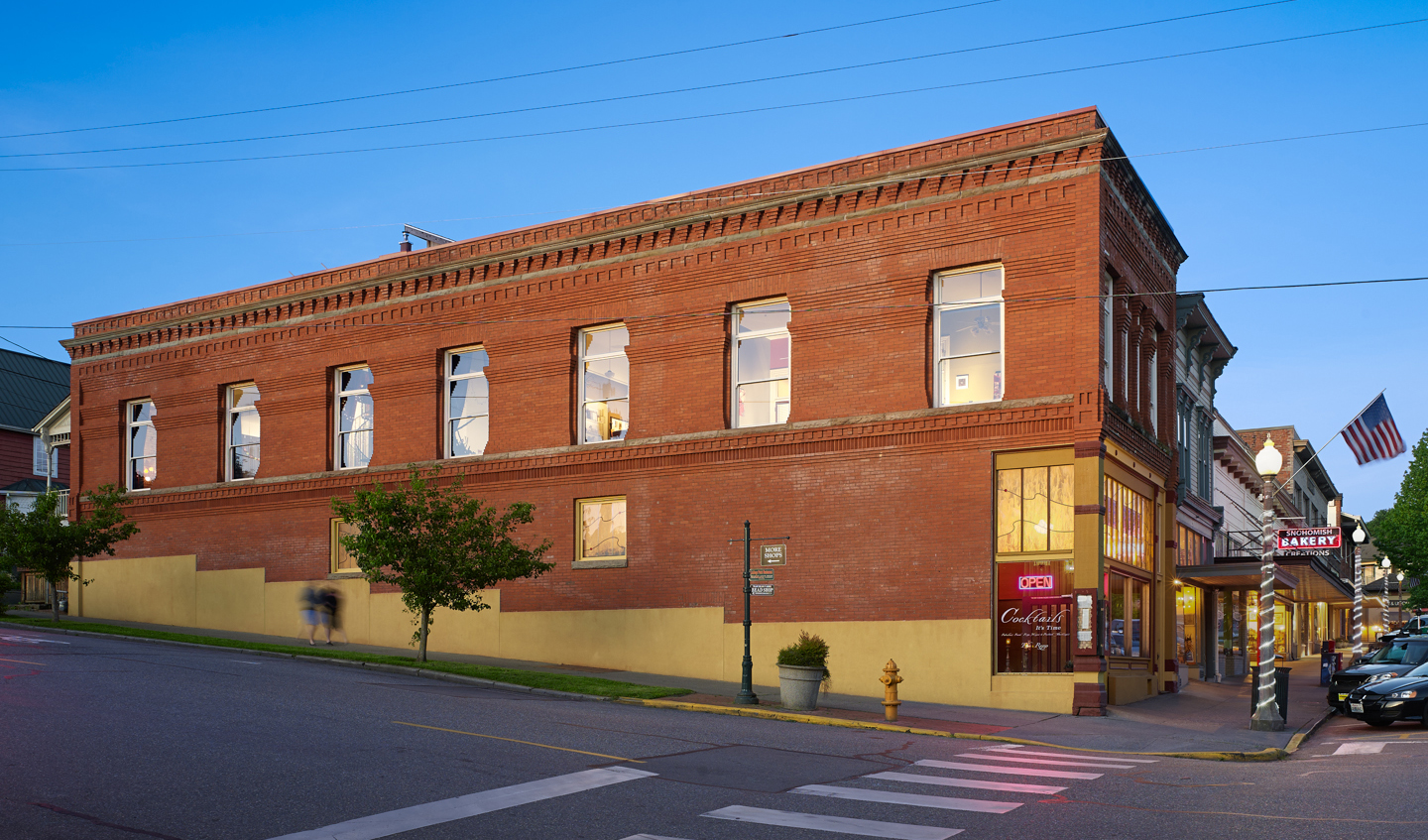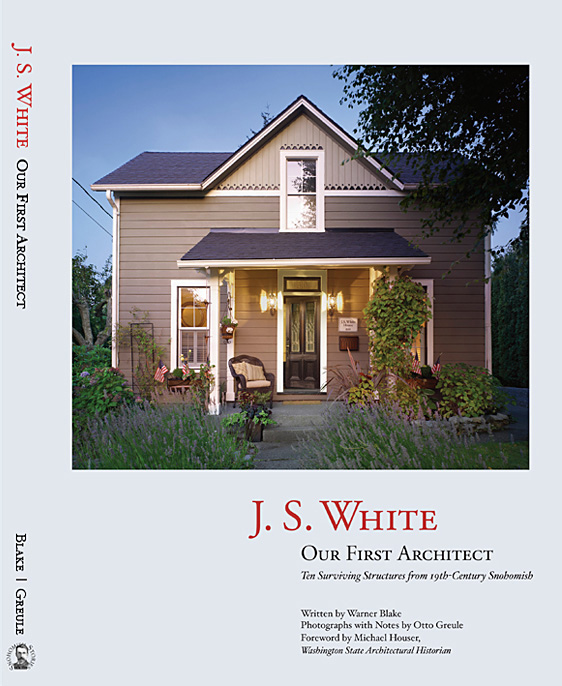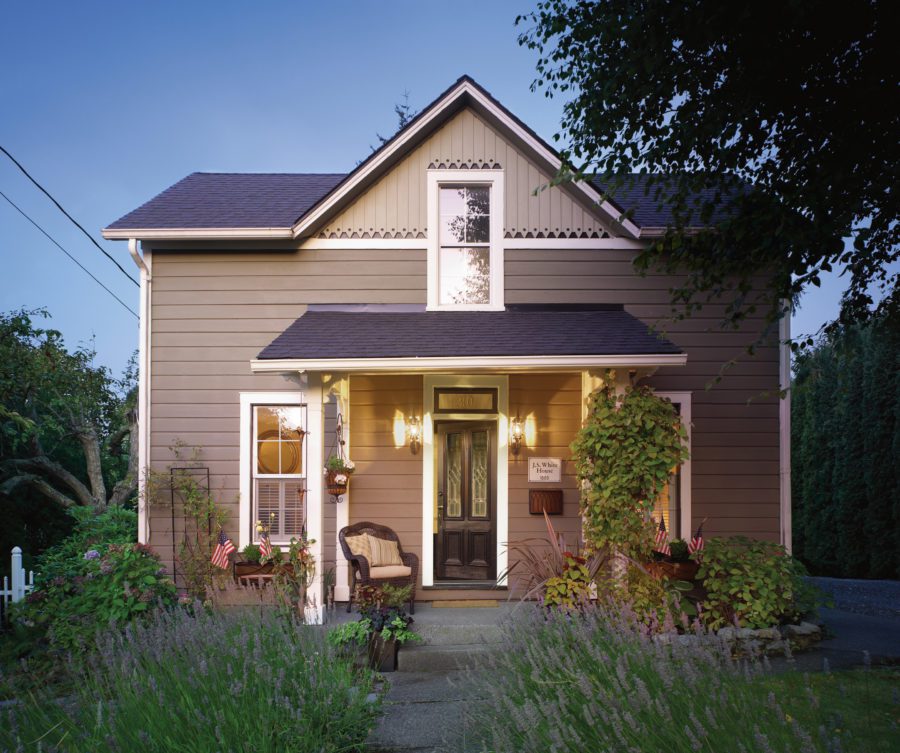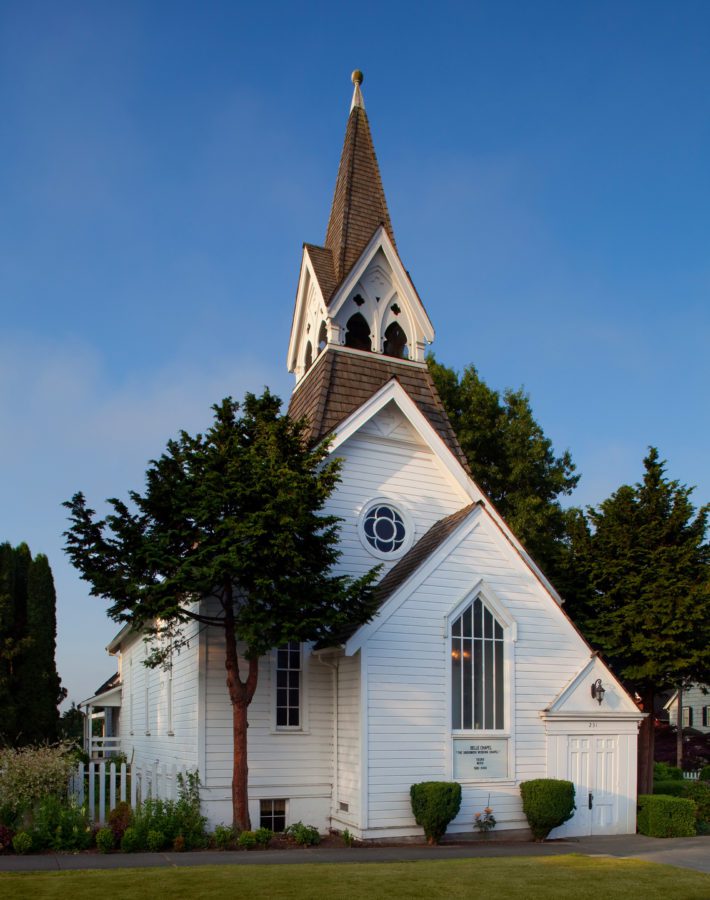Book Signing + Talk: J. S. White, Our First Architect
November 8, 2017 | 5:00 pm — 7:00 pm
Free with RSVP
Stimson-Green Mansion
1204 Minor Ave, Seattle, WA 98101
from Washington Trust

Join photographer Otto Greule and author Warner Blake at the Stimson-Green Mansion on November 8 for a book signing of J. S. White, Our First Architect: White’s Surviving Structures from 19th Century Snohomish. The event will feature a short talk by Otto Greule about his photography, titled Compositing the Digital Image.
Beer, wine and light appetizers provided. Books will be offered at a special event discounted price of $39.95 (+tax). Although this event is free, RSVP is required.
Book review by the Washington Trust:
 Who is John S. White you might ask? He was Snohomish’s first architect, and in Warner Blake and Otto Greule’s new book, J. S. White: Our First Architect, nearly two decades of Snohomish history can be told through the stories held in his remaining buildings. Warner opens the book in his introduction disclosing that his claim as the first “architect” before the profession was licensed in the state of Washington is a label used to describe the quality of a builder/contractor’s work. The book then expounds ten remaining buildings designed by J. S. White, spanning eight years, multiple typologies and architectural styles. Each building is presented in a standalone essay but offered in chronological order with compounding context. The essays interweave personal anecdotes and historic material from primary sources. This format appeals to everyone, from academic historians to interested property owners, and provides research in a digestible format. Four of the essays are enhanced through reprinted newspaper articles from The Eye and The Snohomish County Tribune, striking a successful balance between past and present.
Who is John S. White you might ask? He was Snohomish’s first architect, and in Warner Blake and Otto Greule’s new book, J. S. White: Our First Architect, nearly two decades of Snohomish history can be told through the stories held in his remaining buildings. Warner opens the book in his introduction disclosing that his claim as the first “architect” before the profession was licensed in the state of Washington is a label used to describe the quality of a builder/contractor’s work. The book then expounds ten remaining buildings designed by J. S. White, spanning eight years, multiple typologies and architectural styles. Each building is presented in a standalone essay but offered in chronological order with compounding context. The essays interweave personal anecdotes and historic material from primary sources. This format appeals to everyone, from academic historians to interested property owners, and provides research in a digestible format. Four of the essays are enhanced through reprinted newspaper articles from The Eye and The Snohomish County Tribune, striking a successful balance between past and present.
The true gems of J. S. White: Our First Architect are the stunning photographs by Otto Greule juxtaposed with Blake’s prose and historic images. Many publications focusing on architectural history have stunning historic photographs, but rarely do they include contemporary images that are equally compelling. Greule’s photographs beautifully document White’s remaining buildings in Snohomish, illustrating not only the initial attention taken in the original design but also the overwhelming care taken by property owners and the city to preserve these residential, civic and commercial buildings. For photography enthusiasts, a bonus at the back of the book in Greule’s “Photography Notes” details the setting, time of day, perspective, and technical components for each photograph.
A final highlight worth noting is that the book was successfully published by the people (and friends) of Snohomish by crowdfunding! In summary, Blake and Greule’s contribution to Washington’s understanding of its own history is a unique and informative read for anyone interested to know more about Snohomish or buildings in Washington in the later part of the 19th century.


